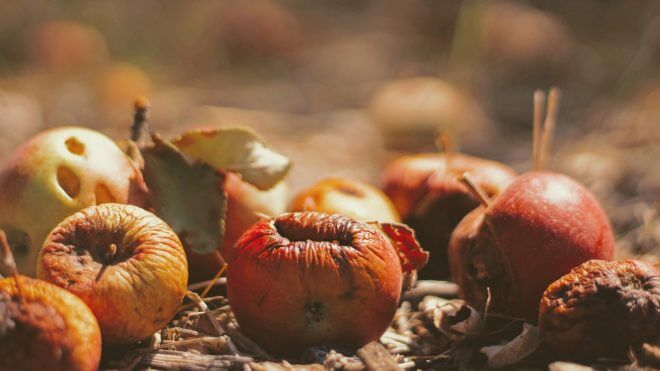Every household across America has at least a fair amount of organic waste. This can include anything from old fruits or vegetables to grass clippings and dead houseplants. Why send this nutrient rich material to the landfill when you can compost it for your garden or landscaping?
The organic materials people usually dispose of make an excellent supplement for your garden. This “garbage” feeds plants better than any fertilizer or chemical. Proper facilitation of decomposition will chemically alter organic materials and bring the mixture to a state other plants an easily absorb the available nutrients. That means you can take any kind of plant-based material from your kitchen or lawn (this specifically excludes meat and dairy) and make top grade food for your garden in your own backyard.
Some people think about a compost heap in one way: mounds of rotting garbage emanating a deadly odor. On the contrary, proper upkeep will produce great compost without an offensive smell. Make sure to keep out any meats, cheeses, and other diary from the compost pile or you will undoubtedly have a rotting odor, maggots, and rodents. Other common mistakes that can lead to unusable compost include improper aeration and excessive moisture. Every few weeks, you need to turn the pile using a shovel or pitchfork. This allows air in which will produce healthy decomposition. You may not have to do this if you add coarse materials such as straw.
Remember that an important part of preparing compost means balancing carbon and nitrogen content. Carbon comes from brown materials like sticks, dried leaves, wood shreds, coffee filters, straw, and wood ash. This helps create a fluffy compost by letting air penetrate the pile and helping the organisms involved in the process breathe. You add nitrogen with nutrient rich greenery like food scraps, lawn clippings, or manure. More carbon makes a healthier compost heap. We suggest using two parts brown materials (carbon) and one part greenery (nitrogen). Excessive green materials will impede the process by reducing airflow and create a dense, smelly mess. Break down all your additions into the smallest pieces possible. This will encourage faster decomposition by making it easier for everything to compress and meld together.
Some Composting Tips to Remember:
When evaluating compost locations, the more square footage the better. You should aim to have a wider compost pile as opposed to a taller pile. A tall, thin pile will hinder the decomposition process by depriving the heap of oxygen.
It helps to keep your compost heap under a covered area such as a shed or under plastic sheeting. This will help keep rain from oversaturating it. With that being said, you will need to occasionally water the compost pile. It should be moist not soaked.
Start your compost heap on bare earth so earthworms and other decomposers can easily access it. This assists aeration and adds nutrients to the material. Plus, these organisms will help your garden when you add the compost to your soil.
Add brown and green materials in tiers. Start with a few inches of twigs or straw first to promote drainage and ventilation. Alternate thin layers of moist ingredients like coffee grinds and food waste with dry matter like leaves, straw, or sawdust pellets.
As your compost establishes, you can add new materials by mixing them in with a gardening tool instead of layers. Turning the pile like this will add oxygen into it with the new material to prompt a speedy breakdown.

